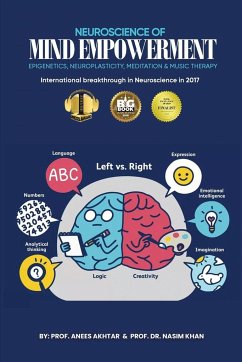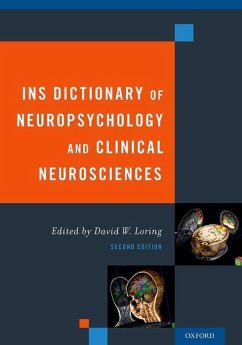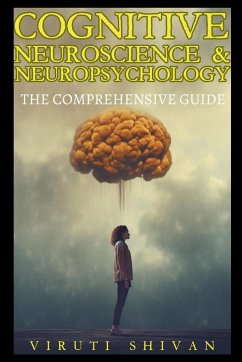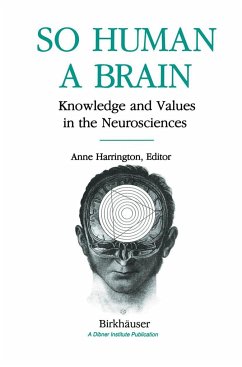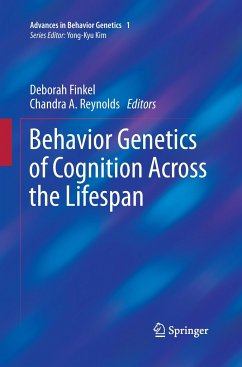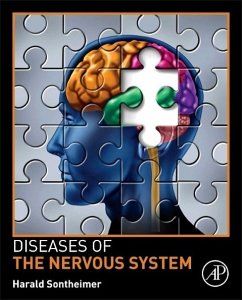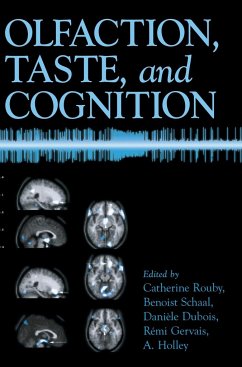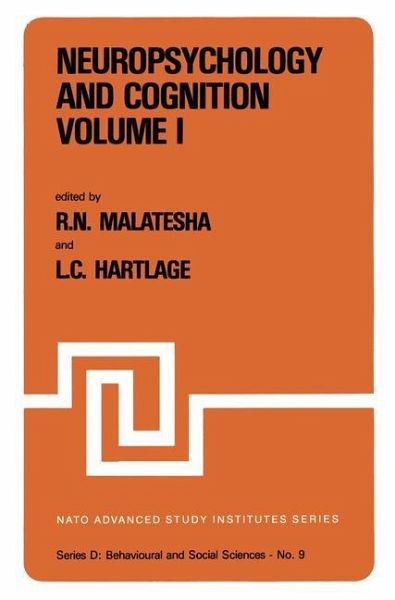
Neuropsychology and Cognition - Volume I / Volume II
Proceedings of the NATO Advanced Study Institute on Neuropsychology and Cognition Augusta, Georgia, U.S.A., September 8-18, 1980
Herausgeber: Hartlage, Lawrence C.; Malatesha, Rattihalli N.
Versandkostenfrei!
Versandfertig in 1-2 Wochen
382,99 €
inkl. MwSt.

PAYBACK Punkte
191 °P sammeln!
North Atlantic Treaty Organization (NATO) awarded us a grant to conduct an Advanced Study Institute (ASI) on Neuropsychology and Cognition. The ASI was conducted at Augusta, Georgia, USA, from September 8-18, 1980. Two volumes resulted from this Institute. Volume one consists of chapters from Corballis, Dimond, Spreen, Bakker, Pirozzolo, Aaron, Whitaker and Zangwill. Corballis discusses the evolution of laterality and Dimond presents specialization of hemispheric functions. Neuropsychological assess ment is the theme of Spreen's chapter and neuropsychological aspects of dyslexia is examined by...
North Atlantic Treaty Organization (NATO) awarded us a grant to conduct an Advanced Study Institute (ASI) on Neuropsychology and Cognition. The ASI was conducted at Augusta, Georgia, USA, from September 8-18, 1980. Two volumes resulted from this Institute. Volume one consists of chapters from Corballis, Dimond, Spreen, Bakker, Pirozzolo, Aaron, Whitaker and Zangwill. Corballis discusses the evolution of laterality and Dimond presents specialization of hemispheric functions. Neuropsychological assess ment is the theme of Spreen's chapter and neuropsychological aspects of dyslexia is examined by Bakker, Pirozzolo, and Aaron. Whitaker analyzes a rare form of language impairment. The volume closes with a critical review of cerebral dominance by Zangwill. Volume two deals with such topics as hemispheric specialization neuropsychological assessment, neuropsychological aspects of cogni tion, language, and reading, and research implications in neuro psychology. These two volumes will be useful to practicing clinicians, educationists, psychologists, linguists, speech pathologists and audiologists. We sincerely thank NATO Scientific Affairs Division for their financial and moral support. The Institute was successful because of the generous help from the Oregon State University, Medical College of Georgia, and the Augusta Hilton. The Institute would not have been possible without the understanding and contribution of lecturers and participants.




